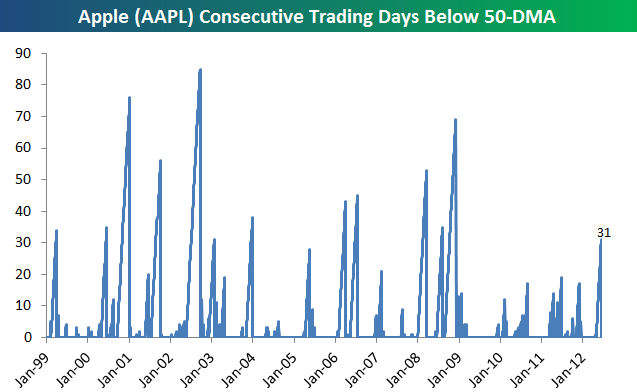The climate change talks in Glasgow had outcomes that disappointed just about everyone. Trying to build a consensus among 190-plus country signatories at the COP26 global summit was never going to be easy.
Environmental groups wanted firmer commitments on emission cuts and climate-change funding to less developed countries that scientists say are necessary to prevent the worst scenarios for a climate breakdown later in the century.

China and India watered down language on the needed energy transition away from coal, the dirtiest of the fossil fuels.
Carbon Trading
That said, there was some encouraging progress in setting up a framework for an international carbon-trading market.
The basic concept of such a market has been around for years. Greenhouse gas-producing industries such as utilities, energy companies and heavy industry are given emission targets.
If they stay under the target, they can sell credits to other companies emitting more than their ceiling. If they miss their number, they can offset it by investing in environmental projects that mitigate climate change like reforesting and peatland restoration projects.
Such cap-and-trade approaches are favored among environmentalists and corporate executives alike as a sensible approach to reducing emissions.
Messy Patchwork
Right now, there’s a confusing patchwork of carbon markets regulated to varying degrees and with different standards. China, California and the European Union all have systems in place.
There are also informal carbon-offset markets among companies, in which they generate carbon credits that can be traded to some degree.
For example, companies such as Royal Dutch Shell, Microsoft, and Nestlé buy carbon offset credits.
Takeaway
The U.N. plan in the COP26 accord standardizes the rules of many of these markets and creates the potential for a more robust globally integrated market to use market incentives to lower green-house gas emissions over the long-term.
By making it easier and more transparent for companies and investors to trade carbon credits, the hope is that the market will scale up and attract more investors and participants.
It will take a few years to know whether those hopes are realized. Yet in a climate conference with precious few concrete outcomes, this may end up being one of the more lasting accomplishments.
Photo Credit: Sandor Somkuti via Flickr Creative Commons
DISCLOSURE
This piece is provided as educational information only and is not intended to provide investment or other advice. This material is not to be construed as a recommendation or solicitation to buy or sell any security, financial product, instrument, or to participate in any particular trading strategy.


